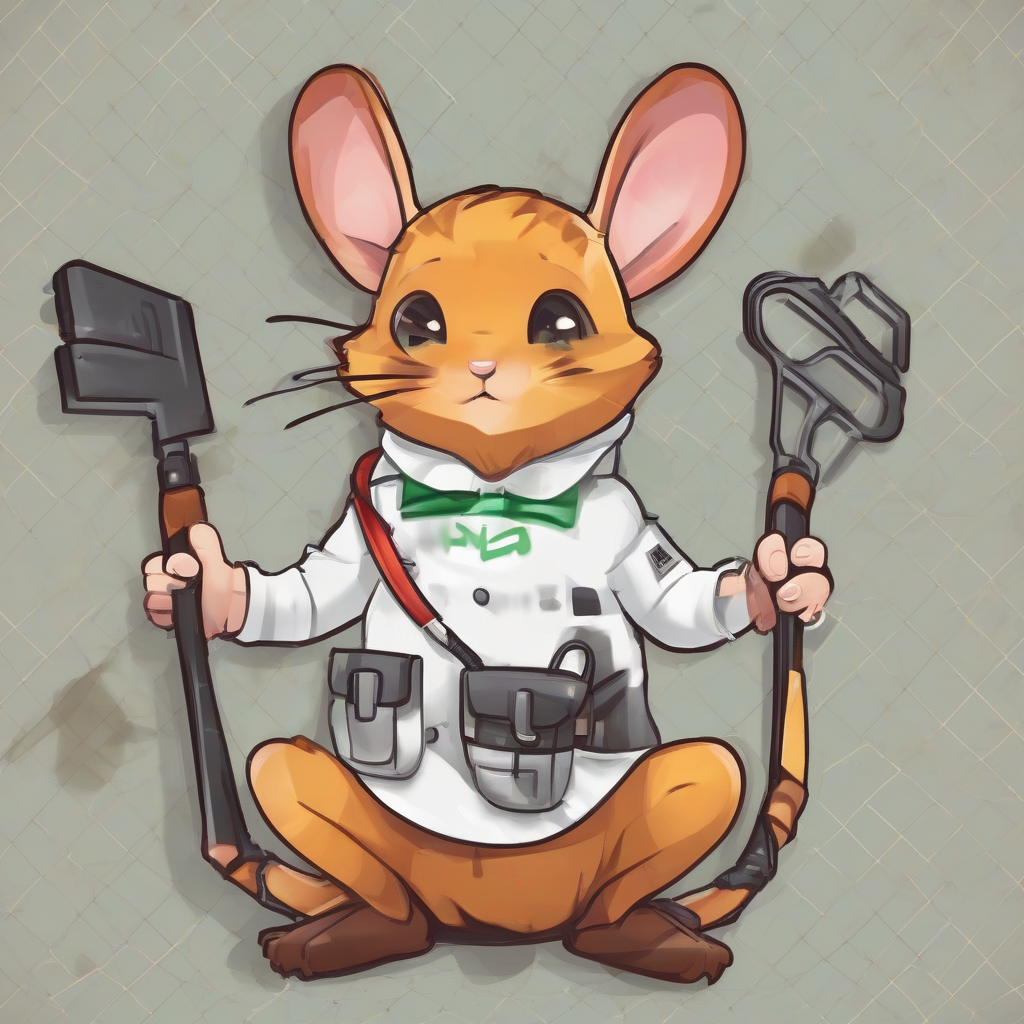Pest Arrest: Your Comprehensive Guide to Effective Pest Control
Pest infestations can be a significant nuisance, causing damage to property, health risks, and emotional distress. Understanding effective pest control strategies is crucial for homeowners and businesses alike. This comprehensive guide explores various aspects of pest management, focusing on preventative measures, identification techniques, and safe and effective treatment options.
Understanding Pest Behavior and Identification
Before tackling a pest problem, it’s essential to understand the specific pest you’re dealing with. Different pests have unique behaviors, habitats, and vulnerabilities. Accurate identification is the first step towards effective control.
Common Household Pests
- Ants: Identifying the species is crucial, as different ants require different control methods. Carpenter ants, for example, require a different approach than sugar ants.
- Cockroaches: These resilient pests thrive in unsanitary conditions and can spread diseases. Proper sanitation and targeted treatments are necessary for effective control.
- Rodents (Mice and Rats): Rodents pose significant health risks and can cause structural damage. Trapping, exclusion, and professional help may be required.
- Termites: These wood-destroying insects can cause extensive and costly damage to homes. Early detection and professional treatment are vital.
- Bed Bugs: These tiny, nocturnal insects feed on human blood, causing itchy bites and sleepless nights. Effective treatment requires a multi-pronged approach.
- Spiders: While many spiders are harmless, some can be venomous. Control usually involves preventative measures and targeted removal.
- Flies: Flies are vectors for disease and can be a significant nuisance. Sanitation and fly traps are effective control methods.
- Moths: Moth infestations typically target stored food and clothing. Proper storage and preventative measures are key.
- Beetles: Different types of beetles infest various areas of the home, from stored food to wood. Identification is vital for effective treatment.
Preventative Pest Control Measures
Preventing pest infestations is always more cost-effective and less stressful than dealing with an established problem. Implementing proactive measures can significantly reduce your risk.
Home Maintenance and Sanitation
- Cleanliness: Regularly clean your home, paying close attention to kitchens and bathrooms. Remove crumbs, spills, and other food sources.
- Garbage Disposal: Dispose of garbage promptly and securely in tightly sealed containers.
- Moisture Control: Address any leaks or sources of moisture promptly, as pests are attracted to damp environments.
- Sealing Entry Points: Caulk cracks and gaps in walls, windows, and doors to prevent pests from entering your home.
- Proper Food Storage: Store food in airtight containers to prevent pests from accessing it.
- Yard Maintenance: Keep your yard clean and free of debris, removing piles of wood, leaves, and other potential hiding places.
Pest Control Methods
When preventative measures fail, or when dealing with an existing infestation, various pest control methods are available.
Non-Chemical Pest Control
- Trapping: Traps are effective for catching rodents, insects, and other pests. Choose traps appropriate for the target pest.
- Exclusion: Sealing entry points and preventing pests from accessing your home is a crucial aspect of control.
- Natural Predators: Introducing natural predators, such as ladybugs for aphids, can help control pest populations.
- Diatomaceous Earth: This natural powder is effective against many insects and can be used as a non-toxic treatment.
- Essential Oils: Certain essential oils, like peppermint and tea tree oil, can repel some pests.
Chemical Pest Control
Chemical pest control should be used as a last resort and only after considering non-chemical options. Always follow the manufacturer’s instructions carefully and take necessary safety precautions.
- Insecticides: Insecticides are available in various forms, including sprays, dusts, and baits. Choose a product specifically designed for the target pest.
- Rodenticide: Rodenticides are used to control rodent populations. Use with caution and follow safety guidelines meticulously.
- Termiticides: Termiticides are specialized chemicals used to treat termite infestations. Professional treatment is usually required.
When to Call a Professional Pest Control Service
While many pest problems can be managed with DIY methods, some situations require the expertise of a professional pest control service.
- Large Infestations: If you have a widespread infestation, professional help is usually necessary for effective control.
- Difficult-to-Reach Areas: Professional pest controllers have the equipment and training to reach hard-to-access areas.
- Dangerous Pests: Some pests, like termites or venomous spiders, require specialized treatment and should be handled by professionals.
- Recurring Infestations: If you’ve tried DIY methods without success, a professional can help identify the cause of recurring infestations.
- Health Concerns: If you have health concerns related to a pest infestation, contact a pest control professional.
Choosing a Pest Control Service
If you decide to hire a pest control service, it’s important to choose a reputable company.
- Licensing and Insurance: Ensure the company is licensed and insured.
- Experience and Reputation: Check online reviews and testimonials.
- Treatment Methods: Inquire about their treatment methods and whether they prioritize Integrated Pest Management (IPM).
- Guarantee: Ask about their guarantee or warranty.
- Pricing: Get a clear and detailed quote before agreeing to any services.
Integrated Pest Management (IPM)
Integrated Pest Management (IPM) is a holistic approach to pest control that emphasizes prevention, monitoring, and the use of least-toxic methods. It aims to minimize the use of pesticides while effectively managing pest populations.
Safety Precautions
Always prioritize safety when dealing with pests and pest control products.
- Read Labels Carefully: Always read and follow the instructions on pesticide labels carefully.
- Wear Protective Gear: Wear gloves, eye protection, and other appropriate protective gear when handling pesticides.
- Proper Ventilation: Ensure adequate ventilation when using pesticides indoors.
- Keep Children and Pets Away: Keep children and pets away from treated areas until the product has dried.
- Proper Disposal: Dispose of pesticides and other pest control materials properly according to local regulations.

